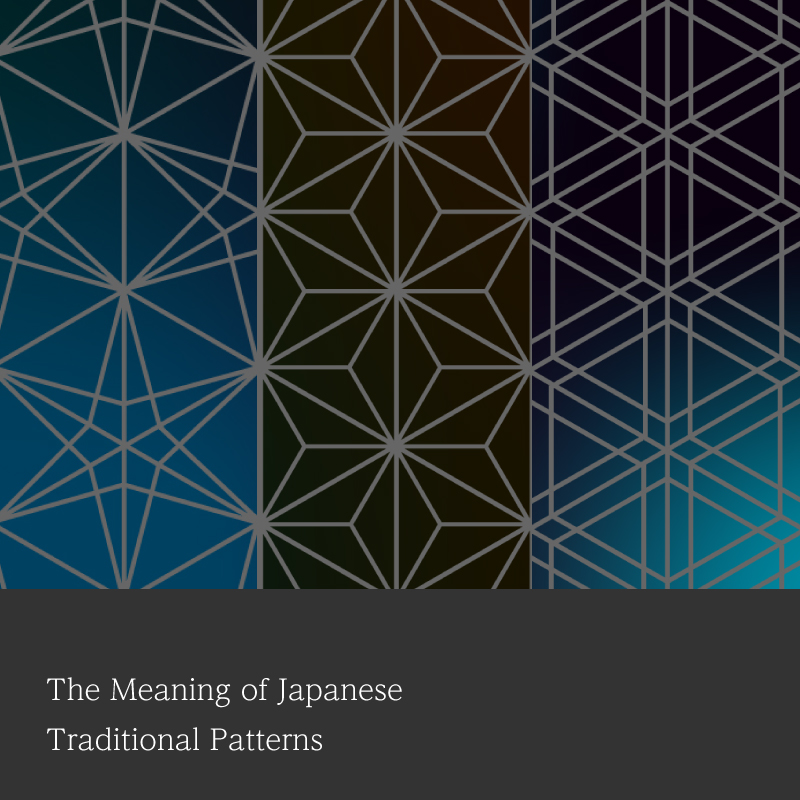
Straight to the point! Many traditionally used patterns have meanings. Japanese culture also has used uncountable numbers of patterns. In this article, we introduce 3 patterns used in Japan. We hope this knowledge would help you someday to pick surveyors for your friends and family.
Wishing Children’s Health and Growth: “麻の葉(/asa-no-ha/)”
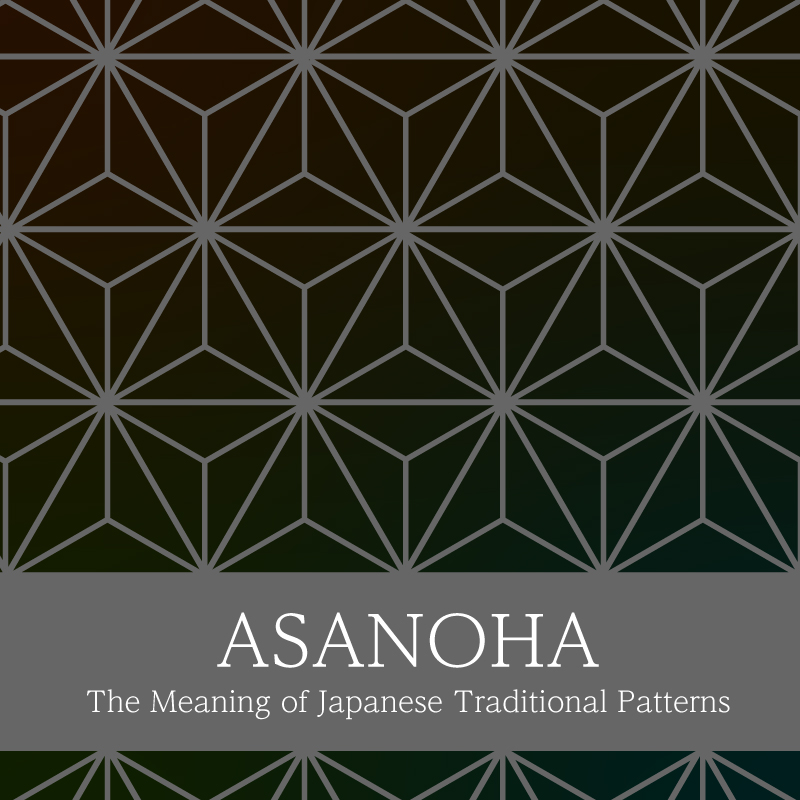
In Japan, this pattern is one of the well-used patterns in “KUDE/ku-de/” or KUMIKO the traditional crafts. ASANOHA has been used as a sacred pattern to keep bad things and spirits away. “麻の葉” means “leaves of hemp”. From the way hemp grows straight up, this pattern has been used to wish childrens’ health and growth.
Representing Health & Longevity: “胡麻(/go-ma/)”
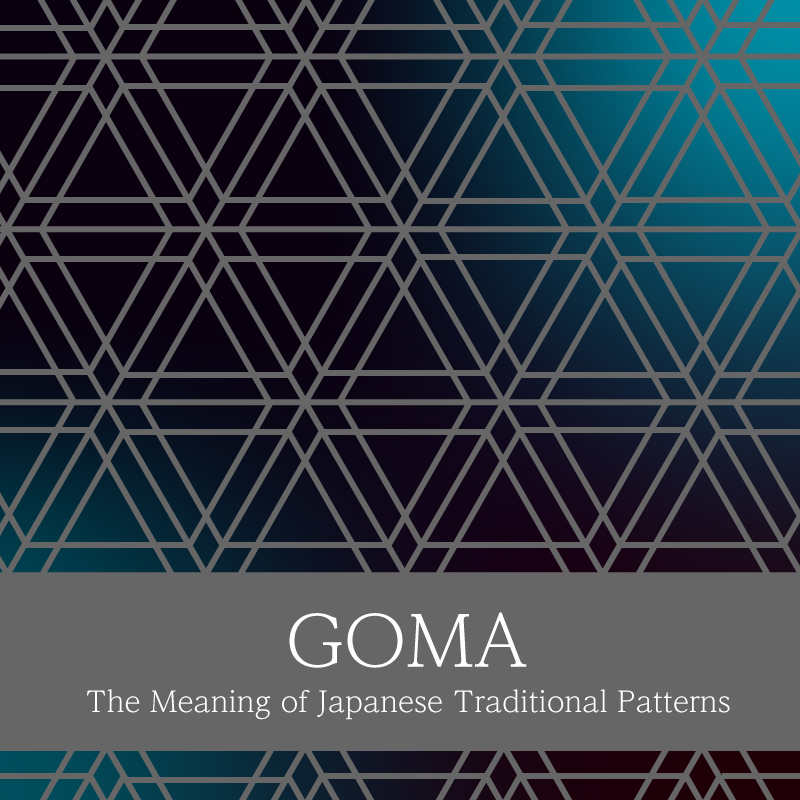
“胡麻” is sesame in Japanese. The cutaway view of sesame is the origin of this pattern. From ancient times, sesame was used as medicine for longevity, in Japan. So, this pattern represents “health & longevity” and its extent this pattern is also known as one of the good luck patterns.
Connecting Relationship Among People: “重ね竜胆(/kasane-rindoh/)”
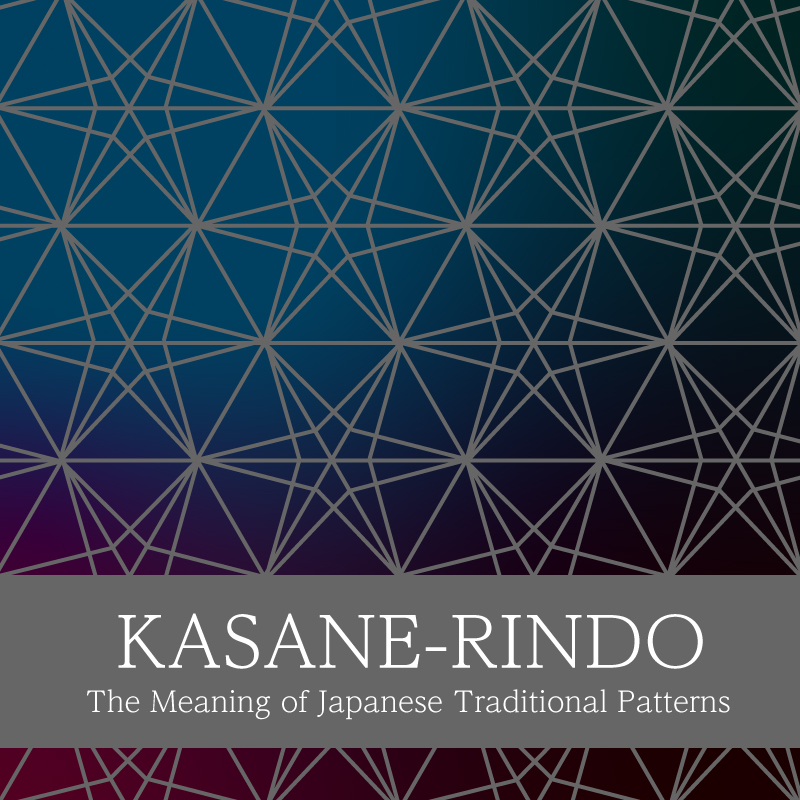
This is the pattern designed from an autumn bellflower (gentian). And its name in Japanese is “竜胆(rin-doh)”. The name of the pattern is “KASANE-RINDO”. You see a large circle around a flower. It looks like how we keep connecting with others in this world. This is also a good luck pattern.
Wishing someone good and healty life turns into the patterns
Japanese culture uses uncountable numbers of patterns and motifs to express our wishes or our feelings. Sending someone with any of these patterns is wishing the person’s well-being. If you wore an “ASANOHA” printed “Kimono”, it could be for your protection from bad things or spirits. You will notice many buildings use “ASANOHA” for interior or exterior in Japan, especially at or near the entrance. Some people intentionally put them there because of the meaning of the pattern.
The motifs and symbols on the kimono are quite important, especially if you are wearing it for happy occasions, such as attending weddings. Happy symbols and patterns will be expected and sometimes more the merrier. It is one of the ways for you to show how happy you are for the host or the occasions.
In this kind of science, I find knowing the meaning of the patterns is like, knowing the flower language. It is not necessary to know these but something enriches our everyday life if we knew them.
Have you ever encountered a pattern which you like? Have you checked if it has any meaning? If you have, tell us.
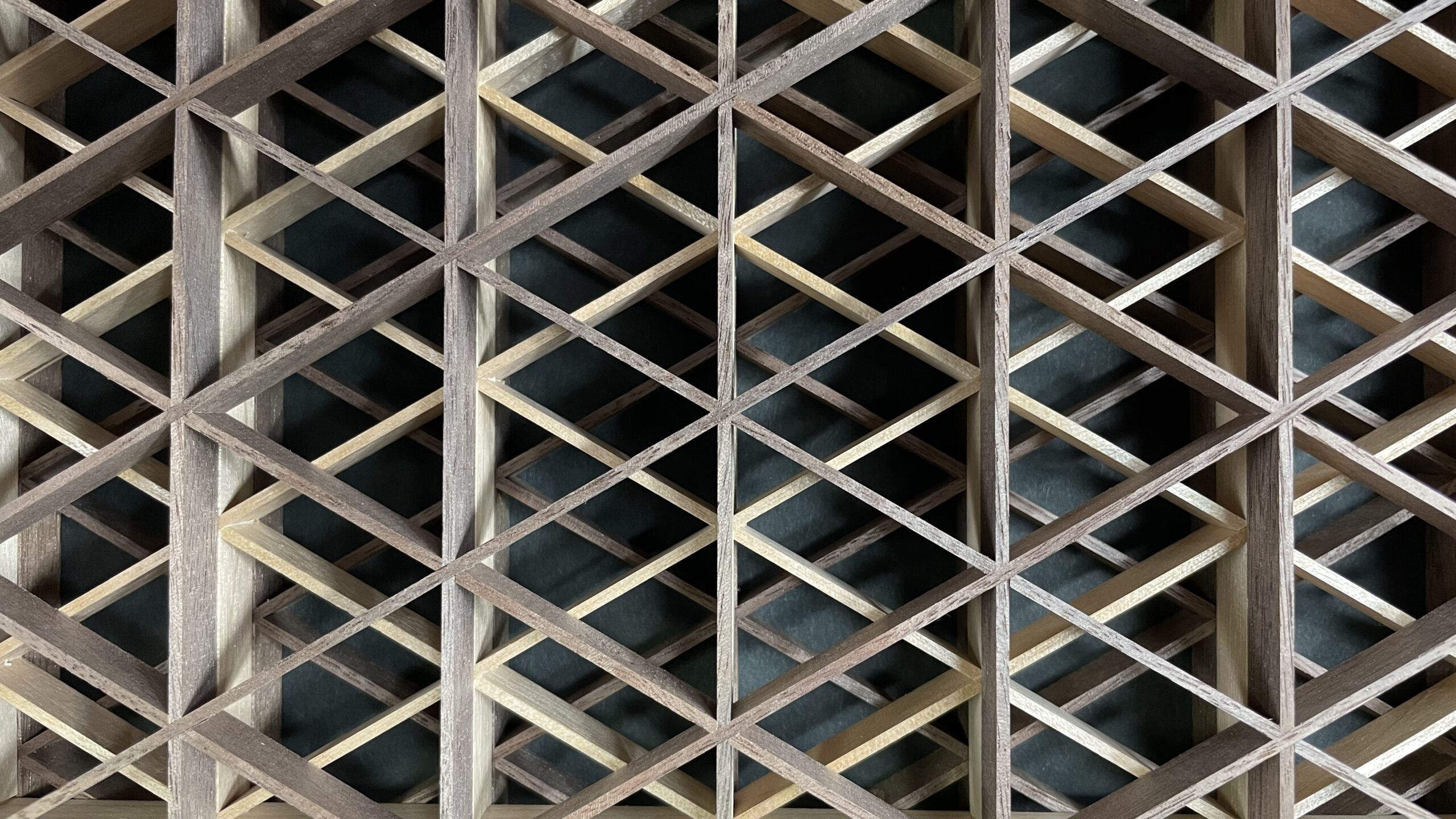




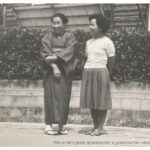


Comments by satoko